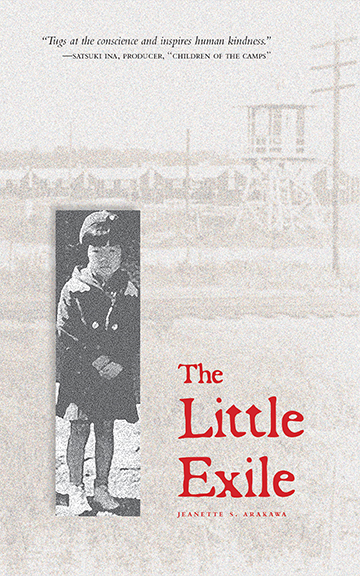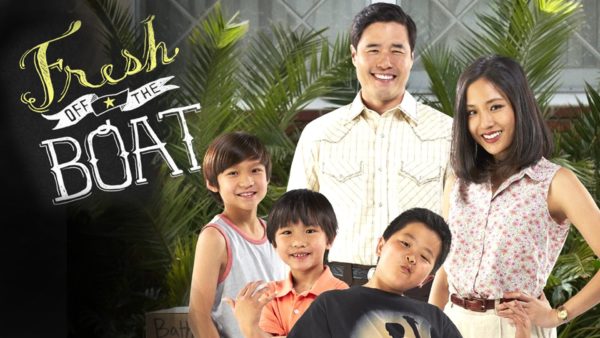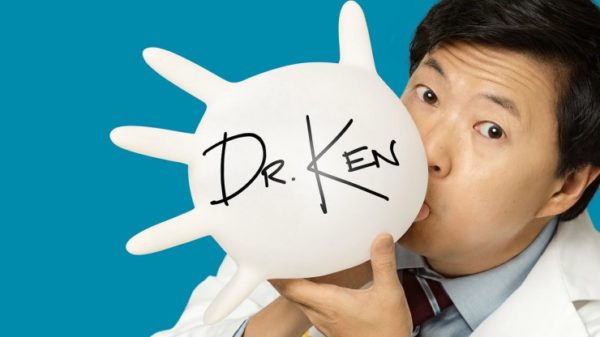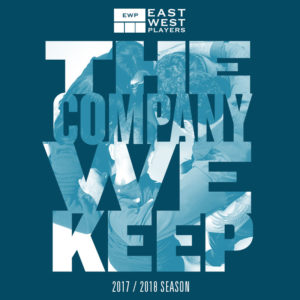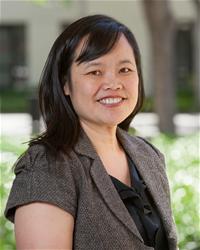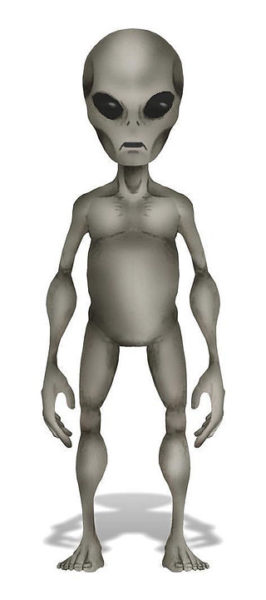 I’m obsessed with all things aliens—and in the time of Trump, I should be clear, the ones from outer space not the non-citizens. I’ve gone to UFO conventions, watch every alien-themed documentary on Netflix, and listen to every paranormal podcast. Like Mulder on X-Files, “I want to believe.” So that’s why I was surprised when I read Nick Redfern’s new book, The Roswell UFO Conspiracy: Exposing A Shocking And Sinister Secret, that claims that maybe the aliens that crashed in Roswell were not actually aliens but humans from Japan.
I’m obsessed with all things aliens—and in the time of Trump, I should be clear, the ones from outer space not the non-citizens. I’ve gone to UFO conventions, watch every alien-themed documentary on Netflix, and listen to every paranormal podcast. Like Mulder on X-Files, “I want to believe.” So that’s why I was surprised when I read Nick Redfern’s new book, The Roswell UFO Conspiracy: Exposing A Shocking And Sinister Secret, that claims that maybe the aliens that crashed in Roswell were not actually aliens but humans from Japan.
I’ve heard of people thinking Asians might be aliens. I even wrote an 8Asians article about it a long long time ago, Series of Web Pages Convinced Asians are Aliens from Outer Space. Most—okay, all—of the people who believe that are just kooks. THIS is completely different. This is Roswell! R-O-S-W-E-L-L! One of the first and arguably most important UFO cases in the ufology (real word). This is the Holy Grain of the UFO community.
Let’s take a moment to discuss Roswell. In early July 1947, on a small ranch in the remote town of Roswell, New Mexico, a farmer found unusual debris and small bodies. The next day, the Roswell newspaper declared that a flying saucer had been discovered.
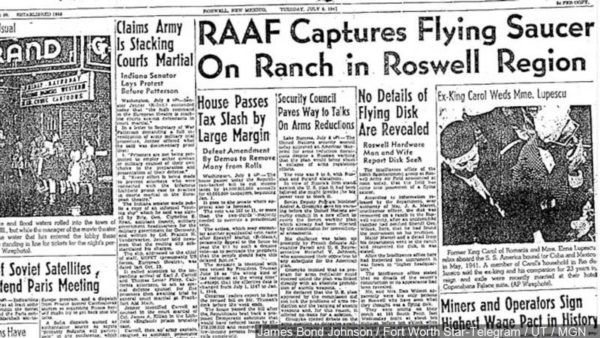
But the local military reported that it was a crashed weather balloon. No one bought the story then and the legend only grew from there—especially in the 1970s when everyone and their mothers were talking about UFOs and aliens. If you want more information about the history of the Roswell case, I’d recommend visiting here.
If you were alive in the 1990s, then you might remember the alien autopsy video, which was supposedly taken in Roswell.
But what if there were no aliens in Roswell? What if there is a perfectly rational explanation? If we are to follow Occam’s razor (the simpler explanation is the better one), what’s simpler: that aliens came from outer space and crashed in Roswell or it was part of some top-secret military experiment? The latter, rather than the former, right?
So why do people think that the Roswell crash might be related to the Japanese? First, the descriptions of the witnesses. The bodies that were discovered on the ranch were described as being small and as having “Oriental” features. Some even argue that because the rancher had probably never seen a real Japanese (or Asian) person, he mistook a Japanese/Asian person for an alien from outer space.
If we are willing to suspend out disbelief and buy the fact that maybe the bodies found in the crash site were really Japanese, the question that begs to be asked is: how did they get to New Mexico in 1947? This is where the whole thing gets interesting. The hypothesis goes that the US government was testing high altitude Japanese balloons. Sound crazy? Not entirely. In World War II, the Japanese army did use weather balloons to attack the United States. They were known as Japan’s Fugo “balloon-bombs.”
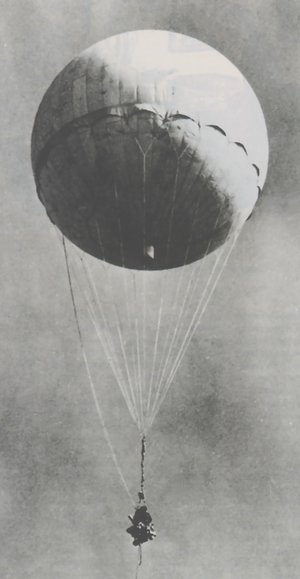
Here’s a documentary about these balloons:
The hypothesis continues that the United States military secretly brought Japanese scientists over after the war to do biological, radioactive, and high-altitude decompression tests. There are rumors that they may have continued the infamous Unit 731 (a covert biological and chemical warfare research and development unit of the Imperial Japanese Army that undertook lethal human experimentation), which isn’t so crazy when you consider Operation Paperclip, where the government brought over a thousand plus Nazi scientists, engineers and technicians after the war. Believe it or not, one of the first places this hypothesis came out of was in Popular Mechanics.
From this point, there is a lot of conjecture about what exactly what was going on. In the interest of not going on and on (I know, too late), I’ll summarize.
1. The balloon was a “last-gasp” attempt to continue the war against the United States. That or the fugo bombs were stuck in the air and finally came down in 1947.
2. It was an experimental aircraft being “test-flown by the US military with Japanese crew on board.” The argument continues that there were two balloons: one filled with Japanese scientists and the other were filled with people recovered from the human experiments found at Unit 731. The reason that this has never come to light is because the government believed it was “better” for the average person to think a UFO crashed in Roswell than to know that German and Japanese war criminals were on their payroll.
There are, of course, a lot of problems with both of these. First, it seems highly unlikely that a good two years after the war, elements of the Japanese military were still trying to attack the United States or that it was stuck in some weather stream for two years before coming down. And as for the second theory, there is no real evidence of this. We know about Operation Paperclip with the Nazis, why wouldn’t we also know about the Japanese? Both did horrible things during World War II and were perpetrators of major war crimes. And as far as the crash victims being patients from the infamous Unit 731, most historians believe the people in the unit were murdered to prevent the world from discovering the atrocities the Japanese had committed.
Do I believe any of this? Maybe. I mean, it’s no crazier than aliens from outer space, right? What do you think?
Follow me at @ksakai1.

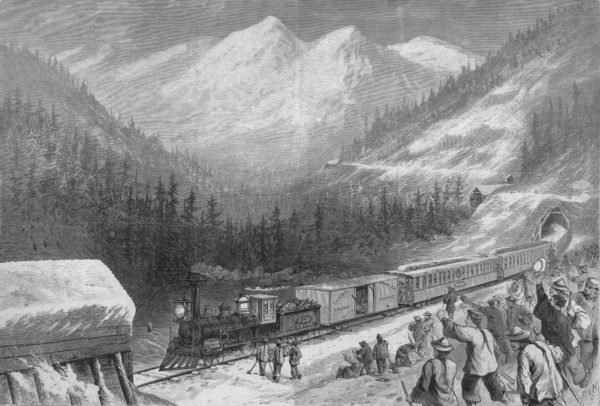
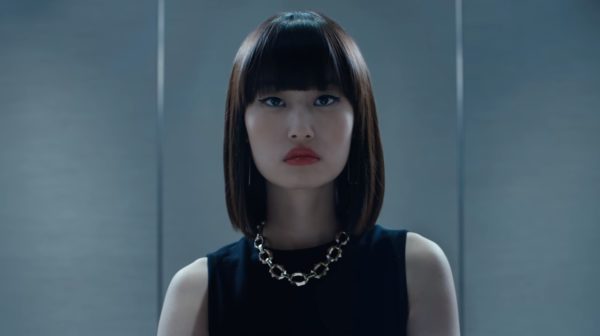
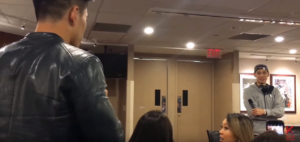
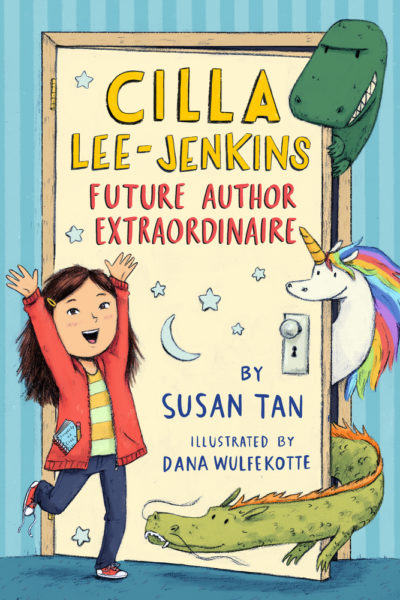

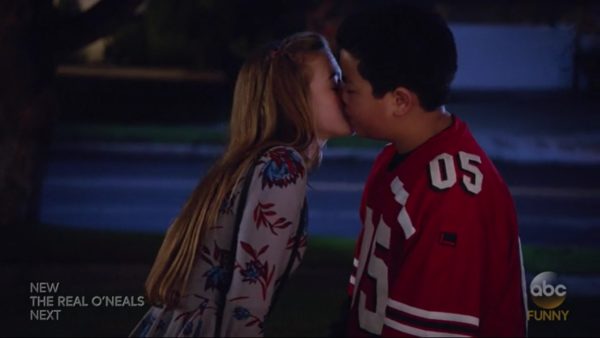
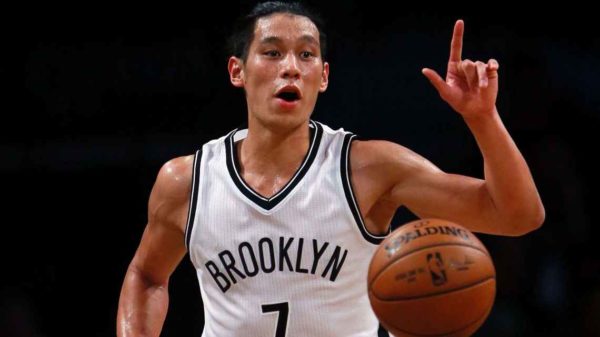 “The worst was at Cornell, when I was being called a c—k,” the
“The worst was at Cornell, when I was being called a c—k,” the 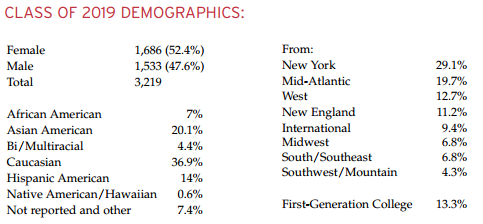
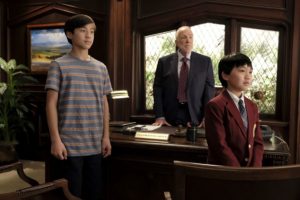 Microsynopsis: The Huangs move out of their rental, to the sadness of Honey, Marvin, and Eddie’s crew. The boys agree to get matching tattoos to symbolize their brotherhood, but Eddie soon discovers that the bike ride from his new house to his old ‘hood is longer than it looks. Louis is also taken aback by the distance he now commutes to the restaurant, and at first he doesn’t enjoy his new home because Jessica insists the family, now that it has spent all its savings, is “house poor,” which translates into never turning on the hot tub or the heated floors, and not making use of the house’s other amenities. Emery points out to Evan that his new school blazer is made in China, and he’s been reading about the Kathie Lee Gifford sweatshop mess. The younger Huang boys approach Evan’s headmaster (Dr. Johnny Feeeeeeeeeever!) who is not impressed by the stance they are taking.
Microsynopsis: The Huangs move out of their rental, to the sadness of Honey, Marvin, and Eddie’s crew. The boys agree to get matching tattoos to symbolize their brotherhood, but Eddie soon discovers that the bike ride from his new house to his old ‘hood is longer than it looks. Louis is also taken aback by the distance he now commutes to the restaurant, and at first he doesn’t enjoy his new home because Jessica insists the family, now that it has spent all its savings, is “house poor,” which translates into never turning on the hot tub or the heated floors, and not making use of the house’s other amenities. Emery points out to Evan that his new school blazer is made in China, and he’s been reading about the Kathie Lee Gifford sweatshop mess. The younger Huang boys approach Evan’s headmaster (Dr. Johnny Feeeeeeeeeever!) who is not impressed by the stance they are taking. Bad: You’d think what’s essentially a two-parter could have gone a little bit deeper, but for some reason FOtB has avoided depth for the second half of the season. It’s annoying. The story has some potential, especially with the members of this family kind of spreading out in different directions, yet just as it’s getting intriguing, everyone is yanked back to where we started by the usual Jessica stuff.
Bad: You’d think what’s essentially a two-parter could have gone a little bit deeper, but for some reason FOtB has avoided depth for the second half of the season. It’s annoying. The story has some potential, especially with the members of this family kind of spreading out in different directions, yet just as it’s getting intriguing, everyone is yanked back to where we started by the usual Jessica stuff.